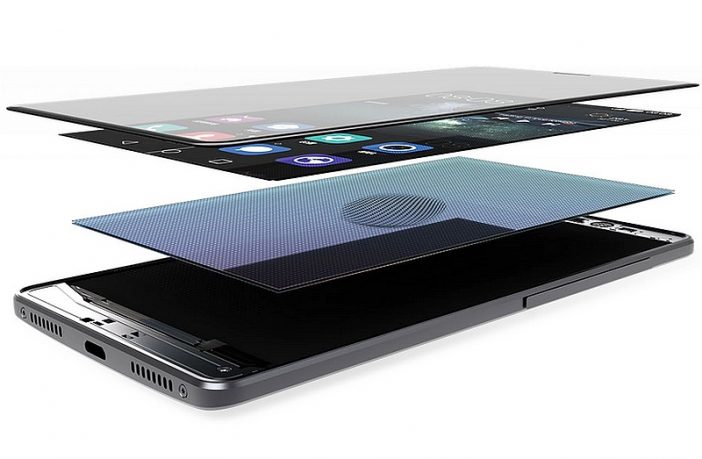
Do Androids Dream of 3D Touch? No. Much hubbub has been made about Apple’s 3D Touch technology and the innovations it brings to the iOS user interface. This all seems a bit hypocritical to me. The only reason iOS users are celebrating is that their interface is crippled to begin with, thanks to the inclusion of a single, oh so iconic, endlessly copied home button.
Being forced to use a single button for all navigation and input puts pressure on display interactions (no pun intended). Just as Mac users have had to get used to gestures on their trackpads and Magic Mouse pointing devices in order to leapfrog the one-button mouse, iOS users must learn a variety of gestures to use their devices effectively. , and app makers need to add a variety of other ways to access touch-only options.
On top of all that, there’s a lack of customization on iOS. Can you install an app that changes how the home button works on iOS? Of course not. But you can on Android. The only question is whether your smartphone has on-screen navigation keys or hardware keys. How exactly does this help, you ask?
Take for example a vital daily interaction for me with a smartphone: I switch between two applications open several times each morning: my browser and my word processor. I quickly double-tap my home button and switch to my last app. It’s with Cyanogen OS, which comes with a wide range of customization options, but even if you’re not interested in installing a custom ROM on your phone, you can install a simple launcher such as Nova Launcher which will provide similar functionality to any version of Android.
On the iPhone, you’re forced to go through the tedious method of double-tapping the home button and then selecting the app you want to visit from the app switcher menu. On an iPad there’s a four-finger swipe gesture that takes you to the latest app – but trust Apple not to offer this on the iPhone, perhaps because of a design mantra on the makes four-finger swipes not intended for mobile. I don’t consider myself a power user on Android, but on an iPhone I would be a powerless user.
So, does 3D Touch find a way around the single button limitation? Not at all. Instead, all it does is provide a new way to display options. Something that can be done by adding maybe just one more step to an Android workflow. Long press an app icon, and when the app is selected, tap the menu button. This could theoretically show you a list of options next to the app icon. With Nova Launcher, you’ll already see three options when you long-press an app icon in the app drawer or on the home screen: uninstall, app info, and edit. On iOS? If you long-press an app, you have the option to move it, uninstall it, or drop it into a folder. That’s it!
Instead of pressing a menu button to reveal more options (like it works on Android), iOS users on an iPhone 6s or iPhone 6s Plus can use 3D Touch. What does it mean? Along with quick actions on app icons, users have Peek and Pop options. When a link or app is highlighted, users can press “hard” on the screen to see Peek options, and within those options they can press “deep” to see Pop Into options. It’s zonte.
This is perhaps the most fun part of 3D Touch, learning to tell the difference between a regular press and a hard press. We’ve seen more than one iPhone 6s user tapping on their phone to bring up the additional options, and we don’t need to tell you how well people would succeed in providing the subtle distinction of the keys when in drunk.
Why am I ranting about this, you ask? Well, that’s a reaction to the disappointment expressed by some reports that Google won’t be bringing pressure-sensitive display support to Android N at launch. Frankly, 3D Touch is a feature that Android OEMs like Gionee and Huawei have brought to their phones simply because Apple has it. The iPhone is a hugely popular device in China, and Huawei introduced Force Touch to its Mate S smartphone just before the launch of the iPhone 6s, obviously looking to beat Apple by introducing a pressure-sensitive screen to a smartphone.
But in reality, pressure-sensitive screens only matter to artists trying to shade or trace while digitally painting on tablets. However, most artists don’t need a general-purpose device like the Apple iPad Pro and Microsoft Surface Pro 4 – and typically use specialized drawing tablets with pressure-sensitive styluses.
For my part, I am not disappointed that 3D Touch will not arrive on Android in the very near future. All in all, nothing is really lost by not having an unnecessary feature that increases the cost and weight of our devices.
Tech




